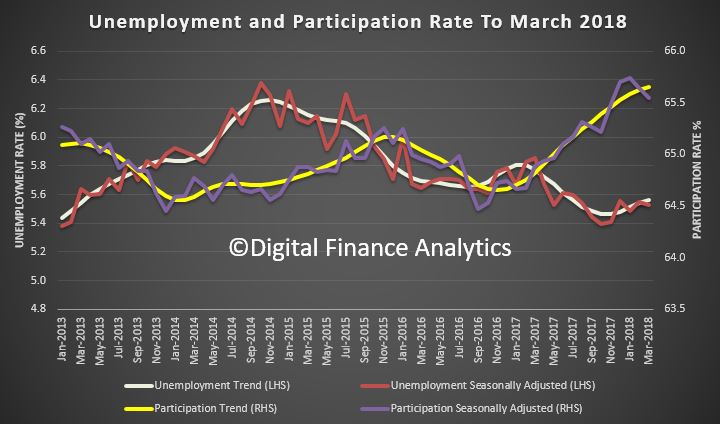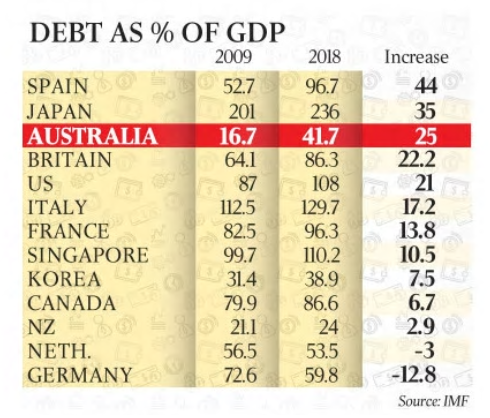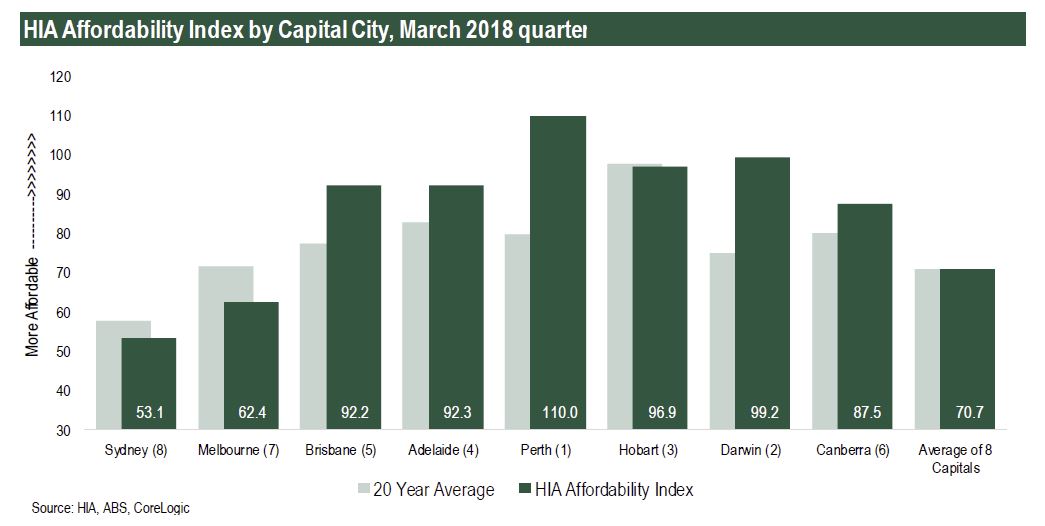The cut in China’s required reserve ratio (RRR) is an example of the authorities using its array of policy tools to guard against liquidity shortages, particularly in prioritised sectors, as it continues its efforts to contain financial risks, says Fitch Ratings.
We continue to believe the authorities’ commitment to tackling risks could be tested if economic growth slows, but we do not interpret this RRR cut as a step toward more expansionary policy. The People’s Bank of China (PBoC) emphasised that its “prudent” monetary policy stance remains unchanged.
The one-percentage point cut will apply to banks that faced high RRR ratios (of 17% or 15%), which includes the large banks, mid-tier banks, city banks, non-county rural and foreign banks. The freed-up liquidity will be used to first repay outstanding medium-term lending facility (MLF) loans, which the PBoC estimates at CNY900 billion. This leaves around CNY400 billion of additional liquidity that will be released into the market, with city and non-county rural banks the most likely to benefit. The PBoC expects these banks to use the extra liquidity to support lending and lower interest rates to micro enterprises, and this will form part of these banks’ Macro Prudential Assessment.
The changes will lower funding costs for banks that currently use the MLF. Banks earn interest of 1.6% on their required reserves, while they pay interest of 3.2% to the central bank on MLF loans. The requirement that banks increase lending to micro enterprises will alleviate pressure on borrowing costs for this targeted sector. It reflects efforts to support inclusive finance – an important component of the authorities’ reform agenda – and is in keeping with the more targeted RRR cut in September 2017, which only applied to banks that meet criteria on lending to rural and micro enterprises.
We stated in previous research that ordinary liquidity support would be forthcoming for banks to manage financial system risk and control financing costs for the real economy. Accordingly, this RRR cut aims to alleviate banks’ funding cost pressures, while ensuring targeted sectors receive adequate and lower-cost bank funding. We believe it should be viewed in this way, rather than as a shift in policy stance. Indeed, macro-prudential tightening measures – aimed at curbing shadow banking and excessive reliance on inter-bank funding – have been more concerted and persistent than we had previously expected. The measures contributed to a slowdown in growth of bank claims on non-bank financial institutions to 3% yoy in February 2018, compared with a 40% CAGR from 2013-2017.
That said, overall renminbi loan growth of 12.8% at end-March was still higher than renminbi deposit growth of 8.7%, implying continued deposit pressures at banks. Recent comments from the PBoC governor also emphasised the ongoing shift toward more market-driven interest rates, while local media reported that the PBoC may relax its informal guidance over bank deposit rates, which may lift deposit costs further.
We still expect efforts to contain financial risks to remain the policy focus through most of 2018, bolstered by the authorities’ confidence in the strong growth momentum sustained over the past year. Nevertheless, the government still clearly places much store in achieving high growth rates – and in particular its target of doubling real GDP per capita between 2010 and 2020. The 2018 growth target is set at around 6.5%, virtually unchanged from 2017’s target. This suggests that near-term growth would not be allowed to fall too far without a policy response. Macro-prudential tightening has so far been made in the context of growth exceeding targeted levels.










